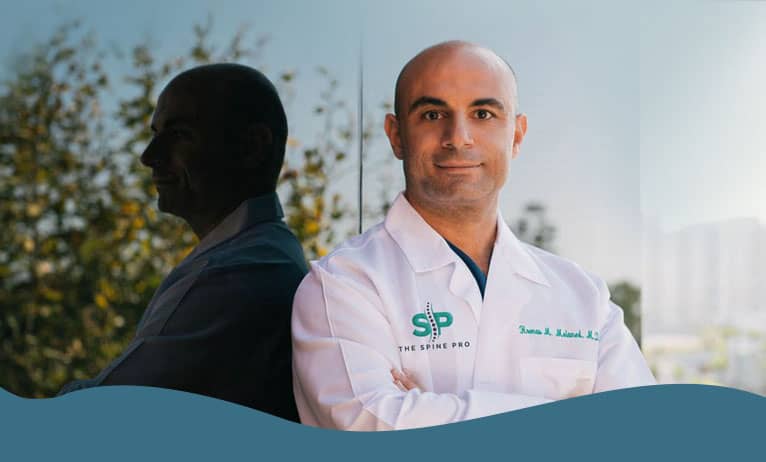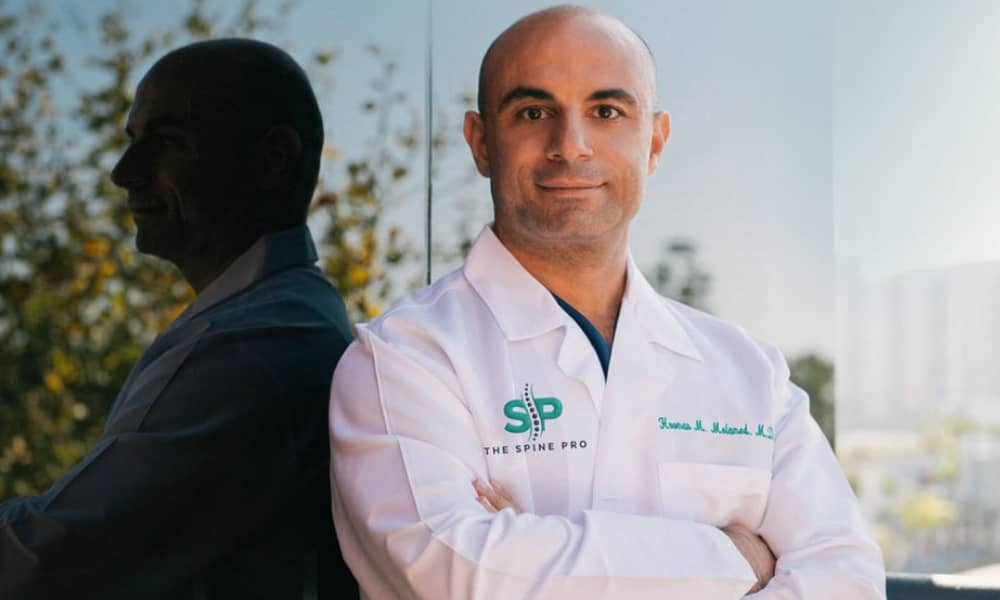Debunking The Dairy Myth
Got milk? Calcium is needed for strong bones…or is it?
Actually, eating too much dairy doesn’t support bone health – it can hurt it. The overconsumption of dairy products is associated with an increased risk of mortality, osteoporosis, and fractures. This is just another example of misinformation in our food industry.
Cow’s milk contains a sugar called D-galactose. It has been shown to induce oxidative stress damage and chronic inflammation in animals. This is linked to bone loss, muscle loss, cardiovascular disease, and cancer.
Now, this doesn’t mean you should stop eating dairy entirely. However, it should definitely be kept to moderation. There are many other foods that are rich sources of calcium.
Vegetables
- Spinach (cooked): 1 cup = 240 mg
- Broccoli (cooked): 1 cup = 180 mg
- Arugula: 1 cup = 125 mg
- Chard or Okra (cooked): 1 cup = 100 mg
- Acorn squash (cooked): 1 cup = 90 mg
Fruits
- Figs (dried): 1 cup = 300 mg
- Calcium-fortified orange juice: 1 cup = 300 mg
- Kiwi: 1 cup = 50 mg
Nuts & Seeds
- Sesame seeds (roasted): 1 oz = 280 mg
- Sesame tahini: 1 oz (2 tbsp) = 130 mg
- Almonds (unblanched): 1 oz = 80 mg
- Sunflower seeds: 1 oz = 50 mg
Legumes
- Tofu: 4 oz = 120 to 390 mg
- Calcium-fortified tofu: 4 oz = 250 to 750 mg
- Soybeans (boiled): 0.5 cup = 100 mg
- Garbanzo beans (cooked): 1 cup = 80 mg
- Pinto beans (cooked): 1 cup = 75 mg
- Tempeh: 0.5 cup = 75 mg
Grains
- Calcium-fortified bread: 1 slice = 150 to 200 mg
- Oatmeal: 1 packet = 100 to 150 mg
- Amaranth (cooked): 0.5 cup = 135 mg
- Tortillas: 2 rounds = 85 mg
- Brown rice (raw): 1 cup = 50 mg
Fish
- Mackeral (canned): 3 oz = 250 mg
- Salmon (canned with bones): 3 oz = 170 to 210 mg
- Sardines: 3 oz = 370 mg
Other
- Blackstrap molasses: 1 tbsp = 135 mg
The recommended daily intake for calcium varies with age.
- 1-3 years old: 500 mg
- 4-8 years old: 800 mg
- 9-18 years old: 1300 mg
- 19-50 years old: 1000 mg
- 51-70 years old: 1200 mg
- 70 and older: 1200 mg
In addition to a well-rounded diet, make sure you are getting enough vitamin D. Vitamin D promotes calcium absorption in the gut and maintains proper calcium concentrations throughout the body.
There are two sources of vitamin D; it is made in the skin through direct exposure to sunlight and can be consumed from the diet. Fish has the highest amount of vitamin D among other foods, by far. Other sources include mushrooms and eggs.
Diet and exercise are two of the most important aspects of a healthy lifestyle. In order to support your bones, muscles, and joints, make sure you eat well and move daily.





